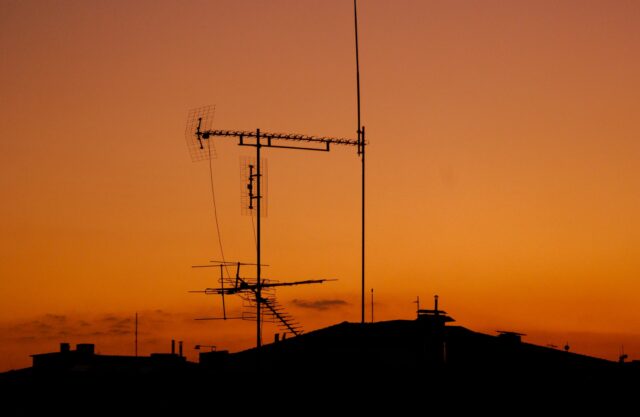
It is hard imagining our lives without television. It seems that we depend on it for almost everything, from news to entertainment. Yet, it is also true that many people are cutting the cord these days and rely on the Internet for many things TV used to provide. The advantages are obvious. The Internet is cheaper and offers many benefits that cable TV just can’t. Unfortunately, it isn’t always an option. For starters, in order to enjoy quality streaming, you have to have a decent data speed and bandwidth, and, in many areas, especially rural ones, that simply isn’t possible. A lot of households don’t have access to high-speed internet essential for delivering quality media to your computer or TV.
So, what to do when you can’t afford or don’t have access to either cable or Internet? The answer is simple, you buy a TV antenna. The basic principle is the same as with the models our parents or even grandparents had at their homes. That doesn’t mean that performance is the same. Modern TV antennas are much better at receiving the atmospheric signal that the one grandpa had mounted himself on the roof of his home. It also doesn’t have to be adjusted every time you want to change a program. The best thing? After the initial cost, your TV viewing will be completely free. You won’t have to pay those pesky cable fees anymore. The choice of programs may be somewhat limited compared to cable, but that doesn’t mean you won’t be able to enjoy some quality content. After all, there are hundreds of TV stations to choose from.
1. Indoor TV Antenna
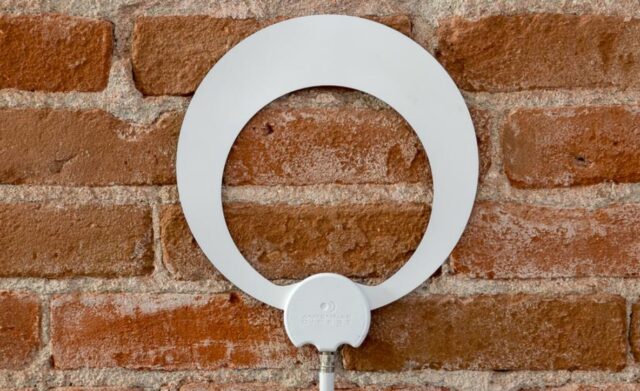
These are the smallest units available on the market. They are also the cheapest, but they won’t work for everyone. Designed for urban areas, with close proximity to broadcast towers, indoor antennas simply lack the power their bigger, and more expensive, cousins have. Some of them are designed to be hidden behind the TV, so they are out of sight and won’t be an eyesore. While this is great, if you can make it work, it will depend on the strength of the signal you receive at your home. Often, it isn’t a solution, and you will have to position it somewhere where it can pick up a strong signal. The best areas are usually near a window or high up the wall. Just make sure you get a model with a long-enough cable, so you can connect it to your TV regardless of its position, even if it is across the room. The installation is easy, as many models come with a simple Velcro stripe you can stick on your wall. Larger models may require a screw to secure it in its position, which is also a simple solution.
2. Attic Antenna
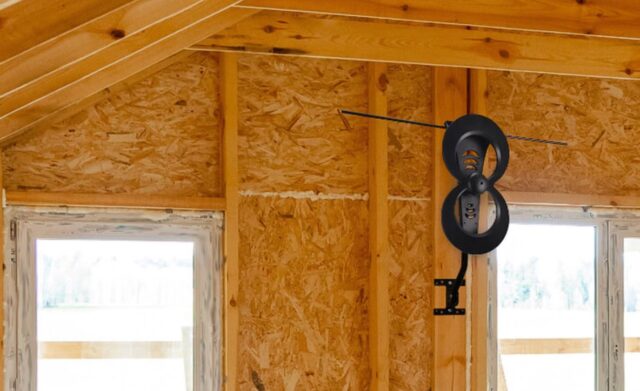
This is a compromise between the strength of an outdoor antenna and the convenience of an indoor one. As the name suggests, these antennas are designed to be installed at your attic. The mere position high above the ground will ensure you pick up a strong signal. Tucked away in the attic, it is also protected from the elements, like rain, snow, and strong winds, all of which can damage an outdoor antenna. The installation will require some drilling, as you have to secure it to your ceiling or roof, and you have to drill a hole for the cable to connect it to your TV. You will also need access to your attic, so it may not be a suitable solution for everyone. The major downside of attic antennas is that roof itself may interfere with the signal. This is especially true if you have metal roofing. All those sheets of metal around the antenna will effectively block it from receiving any kind of signal, and you won’t be able to get a decent picture on your TV.
3. Outdoor Antenna
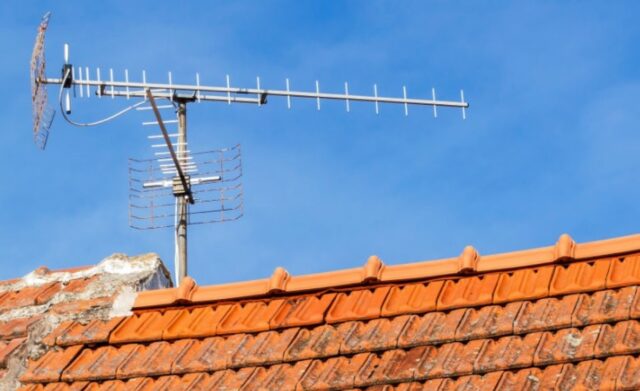
Also known as the whole antenna, the outdoor antenna is top of the line. Intended for rural areas far away from the broadcast sources, these antennas will pick up a signal even in the most remote parts of the country. However, all that power comes at a cost. They are heavy and massive. In fact, oftentimes, they are too heavy to be mounted on the roof or outside walls of your home. You will have to pour a concrete pad for their mount in your yard. As far as installation goes, you might be better off calling professionals to deal with it, unless you already have some experience with them. You can read more here about the installation process.
4. Signal Range
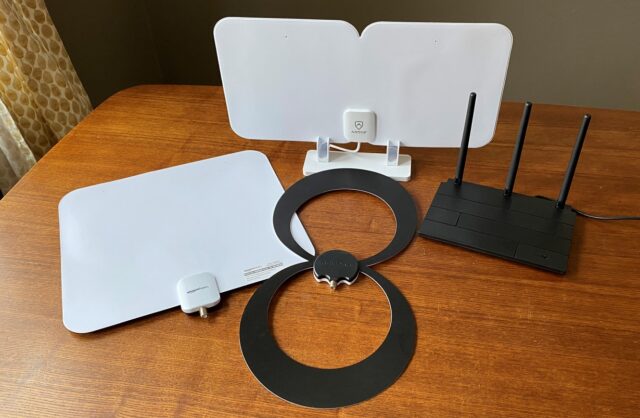
The basic factor that will determine which type of antenna is best for you is the signal strength in your area. Depending on the location, you may only need a small indoor model that will be sufficient for your needs. On the other hand, if you are away from population centers, then you will have to spring for larger and more expensive attic or outdoor antenna. The best way to determine this is to measure the signal. You can also talk to your neighbors and see what they have installed at their homes and how satisfied they are with it.
5. Power Source
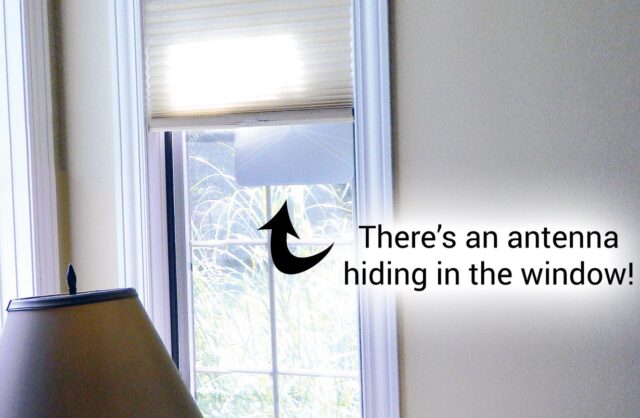
Top of the line models come with servo motors and a remote that allows you to adjust the antenna’s position from your living room. This means there is no need for any risky maneuvers, like climbing on the roof and yanking the antenna around while somebody else is checking the TV. You can do it all by yourself, form the comfort of your armchair.
The downside is that these models require a power source, so you have to take that into the account when considering a purchase. Professional installers will be able to make a power socket anywhere it is needed, so it isn’t that big of a deal. If you decide to do it yourself, make sure you know what you are doing before messing around with the electricity.
For additional information about this topic, you can always contact installation companies such as the one here: https://tv-aerials-uk.co.uk/tv-aerial-installation-nottingham/









